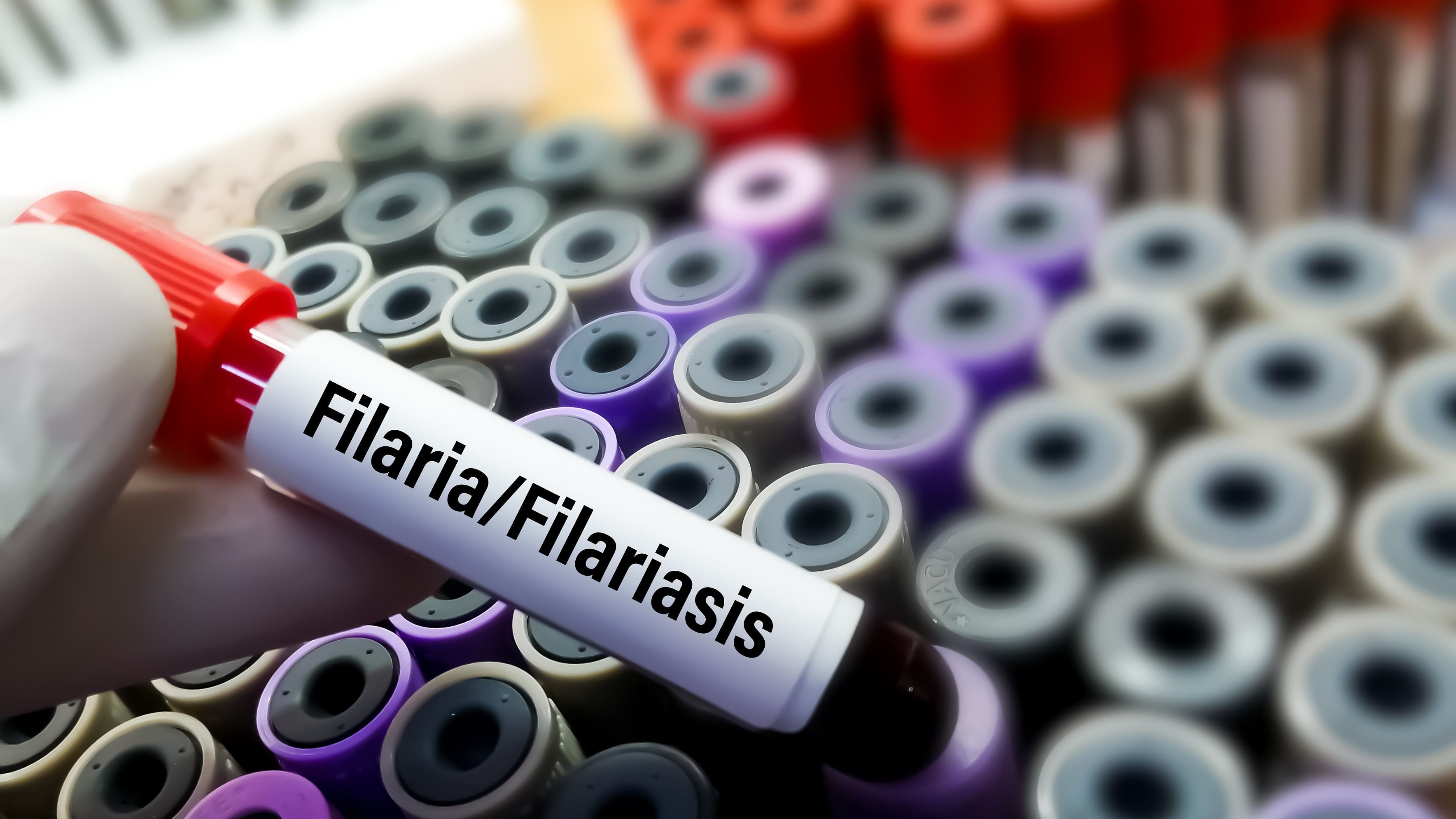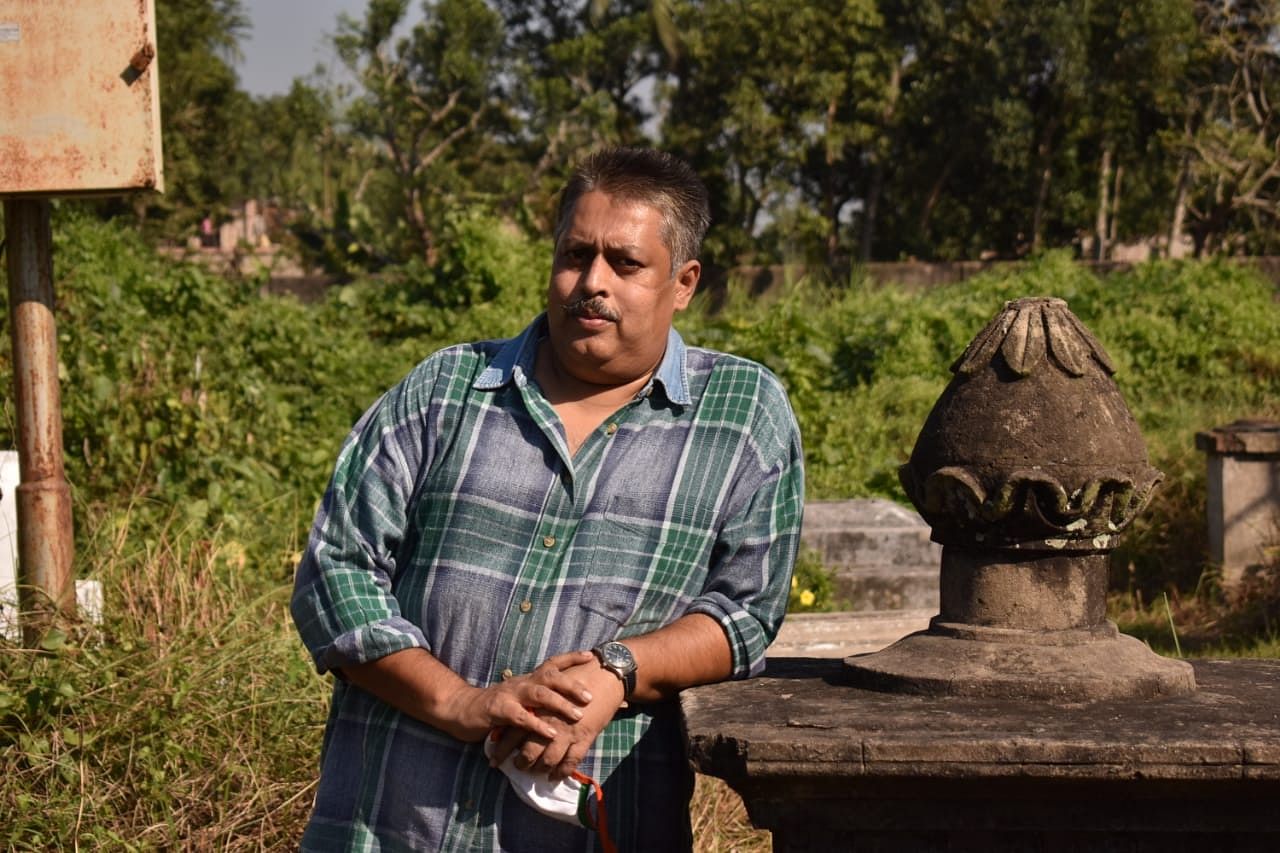
Representative image of a filariasis test.
Credit: iStock Photo
New Delhi: The Union Health Ministry on Saturday launched the second phase of its annual free drug distribution campaign to eliminate lymphatic filariasis in 63 affected districts including Bidar in Karnataka with an emphasis on consumption of the drugs, which remains a key challenge for the programme’s success.
Elephantiasis or debilitating swelling of legs or other limbs is the most common outcome of the lymphatic filariasis infection, transmitted by Culex mosquito bites. More than 90 per cent of India’s disease burden is in eight states.
“To ensure success in the upcoming mass drug administration rounds it is imperative that 90 per cent of all eligible populations consume these medicines,” Prataprao Jadhav, the Union Minister of State for Health said here while launching the bi-annual campaign.
Patient’s refusal to consume the medicines distributed by the government remains one of the bottlenecks for the filariasis elimination programme even though the government has set 2027 as the elimination target year. The programme has missed two other past deadlines in 2015 and 2021.
Doctors and health workers running the programme on the ground say many patients either didn’t receive the medicine or refuse to consume it because of “systemic mistrust issues”.
To assess the ground situation, the World Health Organisation carried out a survey in Uttar Pradesh a few years ago and found that 43% of potential recipients were absent from their homes when health workers visited them. Another 18% who received medications refused to take them.
This time medicines will be distributed free in 63 districts in Bihar, Jharkhand, Odisha, Karnataka, Telangana and Uttar Pradesh. As many as 38 districts will get the three–drug regimen and 25 districts will get two drugs.
“The focus is not only on the distribution of medicines but to ensure their consumption so that the campaign achieves a success,” said Aradhana Patnaik, Additional Secretary and managing director of the National Health Mission in the ministry.
The ministry’s surveillance nets have captured nearly 700,000 filariasis patients in 2021 and 2022, but a WHO estimate suggests that India is home to about 900,000 elephantiasis patients – nearly one third of the global disease burden.
"A major challenge lies in providing drugs and consuming them in urban areas due to multiple challenges such as insufficient human resources, gated societies, unavailability of masses during daytime, and migration," Sanghamitra Pati, director, ICMR-Regional Medical Research Centre, Bhubaneswar wrote in a recent editorial in the Indian Journal of Public Health.
